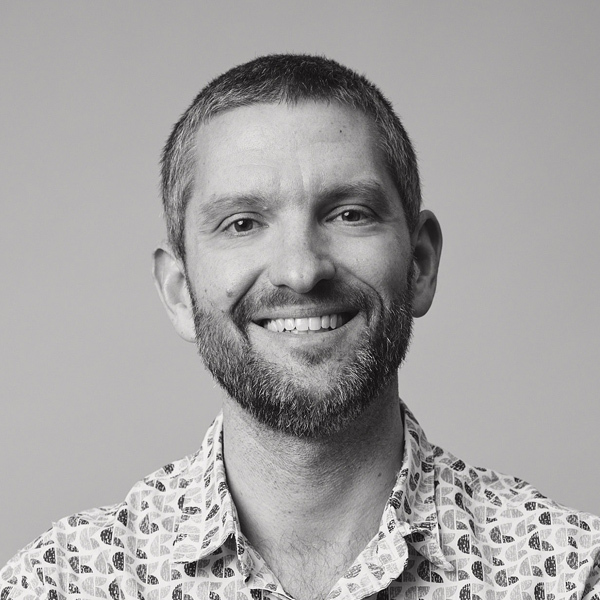Is design your love or addiction?
Obsess over process, not outcomes.

As the field of design matures, the weight of responsibility we get from having a “seat at the table” means more pressure to measure the success of design. More metrics, more validation, more proven design outcomes.
But the problem with creative work — truly innovative work — is that we can’t guarantee an outcome. That uncertainty is precisely what makes it creative. If it was a tried and true formula that produced exactly the same result every time, that’s not creativity, it’s an assembly line.
Even for the best of us, some projects elicit praise and awards, while others get…crickets. And how often does what you believe to be your best work go unnoticed, while something that was almost a throw-away turns viral? There’s little rhyme or reason to external outcomes.
Yet in this Instagram world, it’s easy to get caught up. It’s comforting to seek a validating pat on the back from your boss, or an explosion of likes on your Dribbble account. But all of that — or even the potential to earn a big paycheck — is not the right motivation for doing good design work.
“The search for a guarantee is endless, fruitless, and the end of possibility, not the beginning.”
— Seth Godin
When you measure your worth as a designer only on your artefacts and outcomes, you inevitably do three things:
- You become less creative. Designing for an outcome makes you play it safe. But innovation comes from trying new things, failing, and learning. Obsessing over outcomes stifles new ideas. Instead, you repeat traditional winning formulas or copy other things you perceive as successful.
- You’re constantly disappointed. Most outcomes are beyond your control, and the amount of effort you put into your work is rarely, if never, correlated with how successful the outcome. You get jaded.
- You start designing for popularity rather than quality. You design for validation from the masses, not from your clients. You take the process for granted and try to jump straight to the popular outcome quicker and quicker each time.
I call this design addiction. It’s an obsession over the destination, which blinds you to the path that leads there. It’s the glam without the hard graft. It’s a quick way to kill a creative career.
What’s the opposite of design addiction? Love.
Loving design means committing to the process. It means you wake up every day for the practice, not the praise. It means enjoying the journey more than the destination, because the destination is unknown. Great designers love design with all their hearts, but never let that passion fall into affirmation addiction.
When you cherish process over outcomes, design feels like this:
- You’re in total control, because the one thing you can guarantee is the process, even if the outcome remains unknown. You can guarantee you’ll forge a path that produces the best work you can muster. If you fail that process, you have only yourself to blame.
- You innovate, because your process allows for — no, celebrates — trial and error. You value learning over the illusion of knowing. You overcome the paralysis of perfection by trusting the process to get you there.
- You end up with more praise and genuine validation from relationships you care about — your clients and your tribe — because an exceptional process is more memorable than an ephemeral outcome. This builds reputation rather than fame.
The next time you start a design project, ask yourself this: am I doing this out of love, or addiction? If you’ve fallen out of love with the process and become prey to validation, it’s time to step back and reaffirm your commitment to creativity.
“Process saves us from the poverty of our intentions.”
— Elizabeth King
Want to comment?
See this story on Medium
Hi, I'm Benek Lisefski. Since 2001 I've run my own independent design business. Join me as I unfold 20 years of freelance business knowledge: honest advice and practical tips to help you take your indie career from good to great.
MediumTop writer in Design, Business, Creativity, and Entrepreneurship.
 Menu
About
Menu
About


